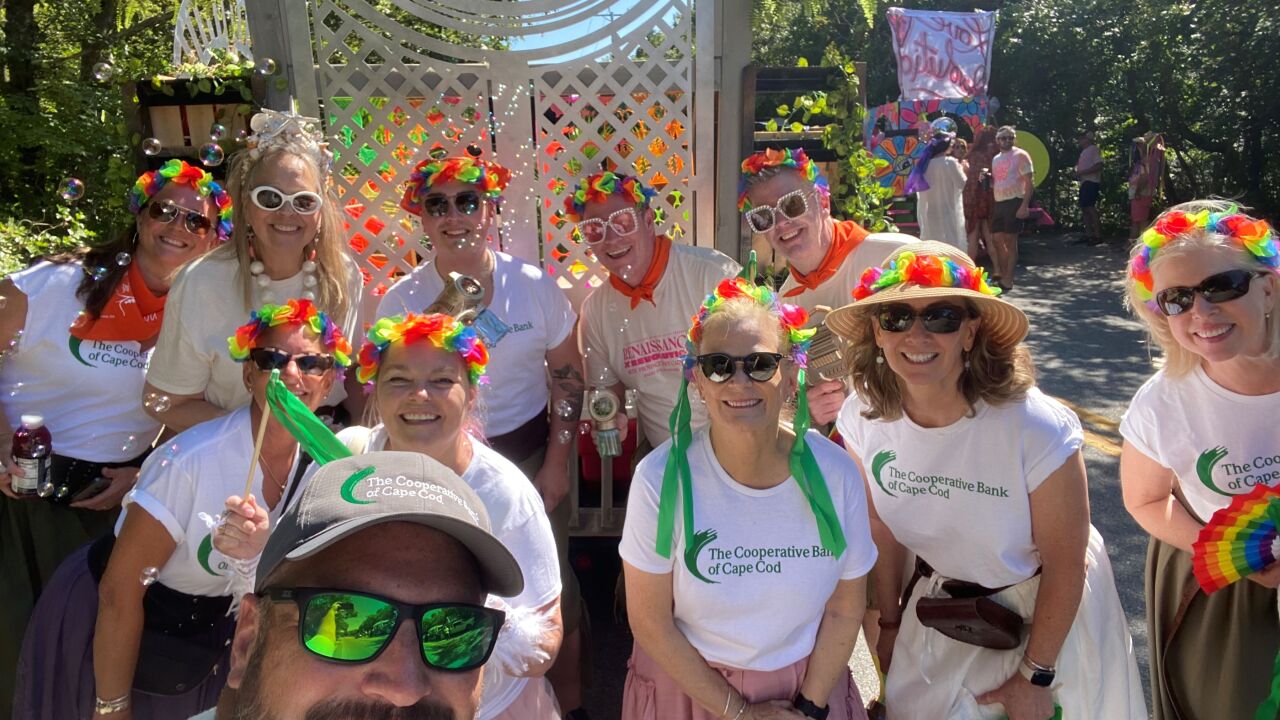
Community Bank System in DeWitt, N.Y., has hit a groove when it comes to raking in fees.
The $8.7 billion-asset company has carefully built a platform where more than a third of its revenue comes from noninterest income. And a large percentage of those fees come from businesses that have little to do with banking.
Take the second quarter for example. Roughly 36% of the company's revenue came from fees. Income from nonbanking services totaled $22 million, significantly outpacing the $15 million in deposit-related fees the bank brought in.
-
Community Bank System and Oneida Financial, both of western New York state, have delayed the closing of their merger after settling a shareholder lawsuit that challenged the deal.
June 11 -
Community Bank System in Syracuse, N.Y., has agreed to buy Oneida Financial in Oneida, N.Y.
February 24 -
Wealth management revenue has been a bright spot on bank earnings for the last few years, but regulatory changes to the way advisers can charge for their services will likely dramatically change the business.
April 5 - New York
Shareholders of KeyCorp in Cleveland and First Niagara Financial Group in Buffalo, N.Y., have approved Keys planned purchase of First Niagara.
March 23
To put the performance into greater perspective, banks with $5 billion to $10 billion in assets, on average, only generated 24% of their revenue from fees last year, based on data from the Federal Deposit Insurance Corp.
While there is no formula for bringing in fees, Mark Tryniski, Community Bank System's president and chief executive, believes his team has found a strategy that makes sense for his institution, particularly in an environment where regulators are scrutinizing how banks charge their customers.
"There's an infinite number of ways" to bring in fee income, Tryniski said in a recent interview.
"Institutions are looking at fees for a variety of different services such as online banking, monthly account fees, paper states, minimum balances," he added. "Every bank brings a little bit different approach to how they get paid for their infrastructure."
Community Bank System, however, relies on a fee model that largely consists of units OneGroup for insurance, Community Bank Wealth Management Group for financial planning and Benefit Plans Administrative Services for employee benefits, trusts and actuarial consulting.
"They have had a lot of success with fee income," said Alex Twerdahl, an analyst at Sandler O'Neill, who noted that many of the businesses are not capital intensive. "It's one of the reasons why they're so profitable."
It has certainly made life a little bit easier for Community Bank System as it navigates through a prolonged — and uncertain — period of low interest rates. (The company's net interest margin compressed 3 basis points from a year earlier to 3.73%.)
At the same time, it has allowed Tryniski to be a patient acquirer as his company marches toward $10 billion in assets. The company's purchase of Oneida Financial
"We're disciplined and we're not rushing to do things," Tryniski said during the company's recent conference call to discuss second-quarter results. "We're not frantic. … We aren't going to push to do anything just to grow, but [we will] continue to seek out those opportunities that can help us grow shareholder value."
"They've talked very openly about doing further deals," Twerdahl said. "It's really about patience for them."
To that end, the potential for bringing in more nonbanking fees has been an important aspect of Community Bank System's acquisition strategy. The company, for instance, picked up OneGroup when it bought Oneida, which also had its own wealth management business. As a result, wealth management and insurance income more than doubled in the second quarter from a year earlier.
Nonbanking revenue is a "core part of the company," said Joe Fenech, an analyst at Hovde Group. "They've done a great job sort of diversifying the revenue stream with these businesses."
The company's business model should also come in handy when it crosses over $10 billion in assets and, as a result, faces caps on interchange revenue and mandatory stress testing. Tryniski has said that the company will be prepared to reach that threshold by mid-2017, though it wouldn't feel the full brunt of new regulation until 2019.
Still, Tryniski showed no signs that the certainty of added regulation has him stressed or preoccupied. "That might be tomorrow and that might be several years from now," he said during the earnings call when asked about reaching $10 billion in assets.
"We need to continue to operate organically to create value, and we need to continue to deploy that surplus capital in a fashion that also creates capital," Tryniski said. "I think we have tremendous momentum on the operating side … particularly as it relates to our nonbanking businesses."




